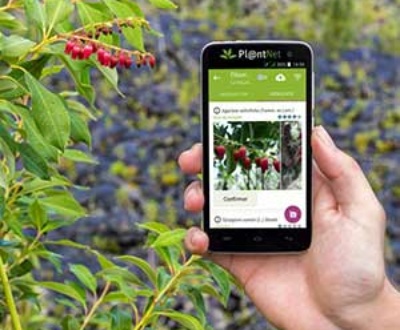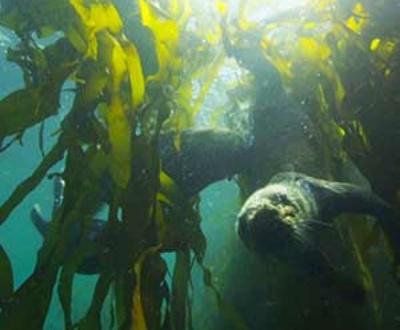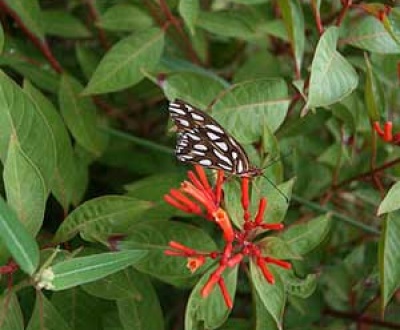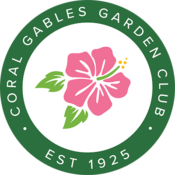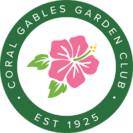I went out my side door just now to turn on the hose to water the roses and I got a surround of scent from a white old rose (Blush Noisette I think) on the trellis to my left. WOW!! You know you can do this in your yard. Old roses are hardy, they grow and produce blooms without any maintenance. Everything in my yard looks fine if I do nothing and looks better if I do a little. Except of course the ground cover and hedges, they need trimming.
Do Something With Your Yard Part 1
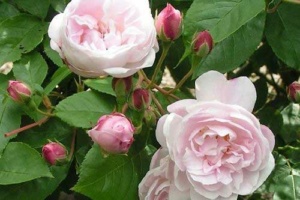
Blush Noisette Rose
So I’m currently in my “do something” phase with the old roses which means watering 2-3 times a week and so far one application of “Neptunes Harvest” a fish and seaweed fertilizer. Maybe I’ll do two. It’s so easy to have nice treats like this around your house. I planted a jasmine vine next to a swale tree in my front yard and at the moment I have jasmine blossoms all over the vine climbing up the tree. That was just planting and nothing more… You know nature’s beauty is good for you – why not try to surround yourself with it in your little patch?
Nature is Good for You
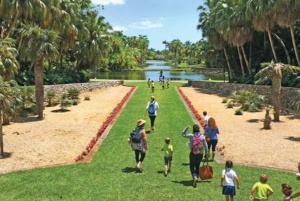
Walking at Fairchild Tropical Botanic Garden
“Australian academics reviewed existing research into the impact and effectiveness of nature prescriptions in treating anxiety, depression and blood pressure. The most frequently recommended activities were walking in nature (46%), farming or gardening (29%), mindfulness exercises (29%). The study found that these prescriptions did improve blood pressure and lower anxiety and depression.” (Lancet Planetary Health) Folks, how cut off are human beings from nature that you have to prescribe a walk?!?!? I know in my neck of the woods people have gotten the exercise in nature part, but not the mental benefit of connecting with nature SINCE THEY ARE WALKING AROUND WITH THEIR FACES STUCK TO THEIR PHONES…
Do Something With Your Yard Part 2
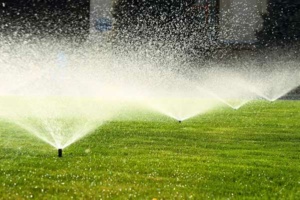 “If a third of the world’s city lawns were planted with trees, more than a gigaton of carbon could be removed from the atmosphere over two decades, researchers at the Auckland University of Technology in New Zealand found. The problem is not the grass itself but the mowing, fertilization and irrigation required. The researchers reviewed 65 studies of emissions and sequestration of carbon by turf or lawn compared to trees. They found that globally the equivalent of 157 tons of carbon emissions per hectare (hectare is 2 1/5 acres) could be avoided and up to 1,630 megatons of carbon could be absorbed from the atmosphere over twenty years by replacing mown grass with trees.” (Journal of Global Sustainability, Jan 2023)
“If a third of the world’s city lawns were planted with trees, more than a gigaton of carbon could be removed from the atmosphere over two decades, researchers at the Auckland University of Technology in New Zealand found. The problem is not the grass itself but the mowing, fertilization and irrigation required. The researchers reviewed 65 studies of emissions and sequestration of carbon by turf or lawn compared to trees. They found that globally the equivalent of 157 tons of carbon emissions per hectare (hectare is 2 1/5 acres) could be avoided and up to 1,630 megatons of carbon could be absorbed from the atmosphere over twenty years by replacing mown grass with trees.” (Journal of Global Sustainability, Jan 2023)
Do you have a third of your yard in trees? You could. Why don’t you google some choices. For example Wild Coffee. This is a good windbreak plant for your yard and you can cut it into a hedge. And it has bright red berries to feed the birds. Or how about a Cassia? Six kinds to pick from—all with flowers and all host plants for butterflies.
If you go online to the Institute for Regional Conservation and click on their online resources tab you will see a tab “Natives for Your Neighborhood” Enter your zip code and up comes pictures of plants and descriptions.
Do Something With Your Yard Part 3
But trees aren’t the only thing in your garden, remember last month’s article about making your yard a Food Forest to invite wildlife in? Trees are only one component of our welcoming yard. We’ve talked about bushes and vines and flowers and layering your garden with plants of all heights. Well this time I want to talk about what we – in our ignorance – call weeds. “The Royal Horticultural Society in England (RHS) has declared that this year’s Chelsea Flower Show is all about weeds. Four of its twelve gardens will feature plants traditionally known as weeds. The championing of the humble weed by the RHS comes in the face of mounting evidence that weeds are doing far more than taking up our resources—they are giving back.” (The Guardian 4/26) Well OF COURSE!! What we call weeds are the plants that grow naturally in Miami Dade county. They are the plants that the rest of our wildlife evolved with! This is why our butterflies can only lay their eggs on these native plants—they evolved together. All plants have toxins in their leaves to warn off predators. But the insects that evolved with the native plants are immune to the toxins. Their eggs can grow into tasty caterpillars that in fact incorporate some of the plant toxins in their bodies to ward off their predators. No native plants no insects no birds…remember it can take up to 6,000 caterpillars for a bird to raise her brood of chicks!! What we are calling weeds are an intricate part of the food web.
I Want To Introduce You To Some “Weeds”
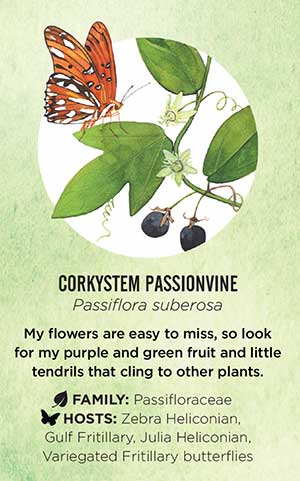 Go to BoundByBeauty.org Click on the resources tab, then the downloadable link. Up comes “Field Guide to Wild Plants”. Mary Benton, the head of BoundbyBeauty, commissioned a local artist to do water colors of these native plants, and each comes with information about the plant. These are gorgeous!! You can download these sheets, have them laminated and turn your kids loose to look for them in your yard and neighborhood. And for me it’s a field guide to the little native plants that pop up in my yard now that I’ve given up maintaining the backyard lawn which hardly grew anyway because of lack of sun. The really cool thing is that this can happen for you too! Stop watering, no pesticides, no fertilizer—let nature come back!! I was seeing tiny insects buzzing around but until I spoke with Mary, I didn’t realize what I had – host and nectar plants for native moths and butterflies in these little plants!!!
Go to BoundByBeauty.org Click on the resources tab, then the downloadable link. Up comes “Field Guide to Wild Plants”. Mary Benton, the head of BoundbyBeauty, commissioned a local artist to do water colors of these native plants, and each comes with information about the plant. These are gorgeous!! You can download these sheets, have them laminated and turn your kids loose to look for them in your yard and neighborhood. And for me it’s a field guide to the little native plants that pop up in my yard now that I’ve given up maintaining the backyard lawn which hardly grew anyway because of lack of sun. The really cool thing is that this can happen for you too! Stop watering, no pesticides, no fertilizer—let nature come back!! I was seeing tiny insects buzzing around but until I spoke with Mary, I didn’t realize what I had – host and nectar plants for native moths and butterflies in these little plants!!!
About the Author
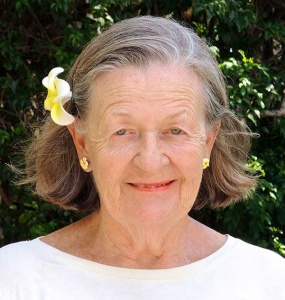
Linda Lawrence Waldron currently writes the Green Gables column in Gables Living Magazine. Linda was Chairman of the Garden Club's Coral Gables Library Butterfly Garden Committee.
Sign up here for email notifications about new Green Gables articles!
More from our blogs
See all postsRecent Posts
- April 2023 April 1, 2024
- Good News on Environmental Plastics February 1, 2024
- Material World / Plant World January 1, 2024
Leave a Comment cancel
This site uses Akismet to reduce spam. Learn how your comment data is processed.





